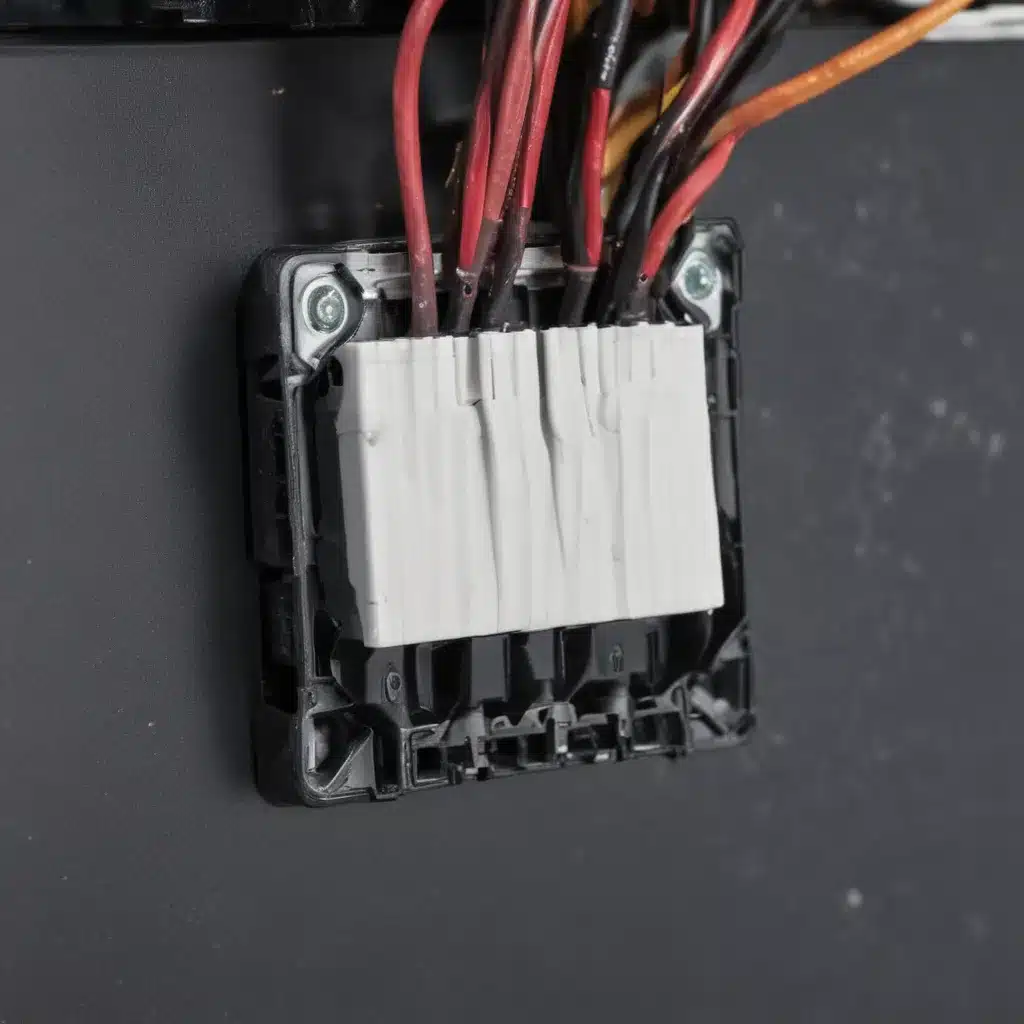Understanding Electrical Surge Damage
Have you ever experienced that sinking feeling when your trusty PC suddenly refuses to power on after a nasty storm? Well, my fellow computer enthusiasts, you’re not alone. Electrical surges can wreak havoc on our beloved machines, leaving us scratching our heads and wondering, “Now what?”
As a seasoned computer repair technician, I’ve seen my fair share of surge-related carnage. From fried motherboards to toasted RAM, the damage can range from minor to catastrophic. But fear not, with a little know-how and a healthy dose of patience, we can often salvage our tech treasures and get them back up and running.
In this comprehensive guide, I’ll walk you through the common types of surge damage, how to diagnose the problem, and the steps you can take to bring your PC back to life. So, grab a screwdriver, your thinking cap, and let’s dive in!
Identifying the Culprit: Common Signs of Surge Damage
The first step in repairing surge damage is to identify the affected components. While the symptoms can vary, there are a few telltale signs to look out for:
No Power
If your PC refuses to power on at all, it’s a clear indication that the surge has taken a toll. This could be due to a fried power supply, motherboard, or even a complete system meltdown. [1]
Intermittent Behavior
Perhaps your computer boots up, but then randomly shuts down or freezes mid-task. This could be a sign of a damaged component struggling to maintain consistent performance. [2]
Visual Clues
Take a close look at your PC’s internal components. Do you see any discoloration, bulging capacitors, or physical damage? These are all potential indicators of surge-related issues. [3]
Strange Noises
If you hear unusual clicking, buzzing, or grinding sounds coming from your PC, it’s a red flag that something’s amiss. These noises could signify a malfunctioning fan, hard drive, or other hardware failure. [4]
Diagnosing the Damage: A Step-by-Step Approach
Now that you’ve identified the symptoms, it’s time to start the diagnostic process. This can be a bit of a puzzle, but with a methodical approach, you can often pinpoint the culprit.
Test the Power Supply
The power supply unit (PSU) is a common point of failure in surge incidents. Start by disconnecting all the cables from the PSU, and then use a multimeter to check the voltage output on the various rails. If the readings are off, it’s time to replace the PSU. [5]
Inspect the Motherboard
Take a close look at the motherboard for any visible signs of damage, such as burned or discolored components. If you spot anything suspicious, it’s likely that the motherboard needs to be replaced. [6]
Check the RAM and Other Components
Surge damage can also affect your RAM, graphics card, and other peripheral devices. Try swapping out each component one by one to isolate the problem. If a specific part consistently causes issues, you’ll know it’s time to replace it. [7]
Test Individual Components
If you’re still unsure about the extent of the damage, you can try testing each component individually. This may require some specialized equipment, like a PC test bench, but it can be a surefire way to identify the culprit. [8]
Repairing the Damage: Strategies for Resurrection
Once you’ve identified the affected components, it’s time to start the repair process. Depending on the severity of the damage, you may be able to salvage some parts or you may need to replace them entirely.
Replacing the Power Supply
If your power supply is toast, replacing it is a relatively straightforward task. Be sure to choose a high-quality PSU that can handle the power requirements of your system. [5]
Swapping the Motherboard
Motherboard replacement can be a bit more involved, but it’s a common repair for surge-damaged PCs. Make sure to carefully transfer all the necessary components to the new motherboard, and don’t forget to update your BIOS or UEFI settings. [6]
Upgrading Components
Sometimes, the surge damage can be an opportunity in disguise. If you’re in the market for a new graphics card, RAM, or other hardware, this could be the perfect time to treat yourself to an upgrade. [7]
Seeking Professional Help
If the damage is too extensive or you’re not comfortable tackling the repairs yourself, don’t hesitate to reach out to a reputable computer repair service. They’ll have the expertise and tools to get your PC back in tip-top shape.
Preventing Future Surge Damage: Safeguarding Your Tech
Of course, the best way to deal with surge damage is to prevent it in the first place. Here are a few simple steps you can take to protect your PC:
- Install a high-quality surge protector or uninterruptible power supply (UPS) to safeguard your equipment.
- Whenever possible, unplug your PC during thunderstorms or power outages.
- Consider investing in a whole-home surge protection system for an extra layer of security.
- Regularly back up your data to an external drive or cloud storage to mitigate the impact of any potential damage.
By following these preventive measures and staying vigilant, you can help ensure that your beloved PC survives even the most intense electrical storms.
Remember, with a little effort and perseverance, you can often bring your surge-damaged PC back from the brink. So, don’t lose hope – grab those tools, put on your troubleshooting hat, and let’s get to work! Your computer is counting on you.













